The Emme river valley offers a wide choice of active, local vacations, including hiking, golf, mountain biking, horse riding… and even pottery and gold panning.
Text & photos: Bernard Pichon
“Like every year, we were faced with the dilemma between the sea and the mountains,” admit the Delachaux family, a French-speaking family we met in Langnau. “In the end, we opted for the Bernese countryside,” says the father of the family. “For our two children, there are farms, wooden bridges, themed trails… In short, plenty to keep them occupied.”
Our Genevans have indulged in the luxury of luxury living, at a lower cost. If youth hostels still have a reputation for being backpacker dormitories, this prejudice is quickly dispelled on the hill overlooking the River Emme. The site is home to a monument of national importance: Burgdorf Castle. This building, recently opened to the public, includes a wedding hall, a restaurant and a hotel belonging to the Youth Hostel collection. You can stay here without breaking the bank, in a decor that’s both secular and contemporary.
There’s even a surprisingly diverse museum, reminiscent of the cabinets of curiosities of yesteryear, where shells, stuffed animals and clocks rubbed shoulders with mummies. The children loved this fun, interactive maze.

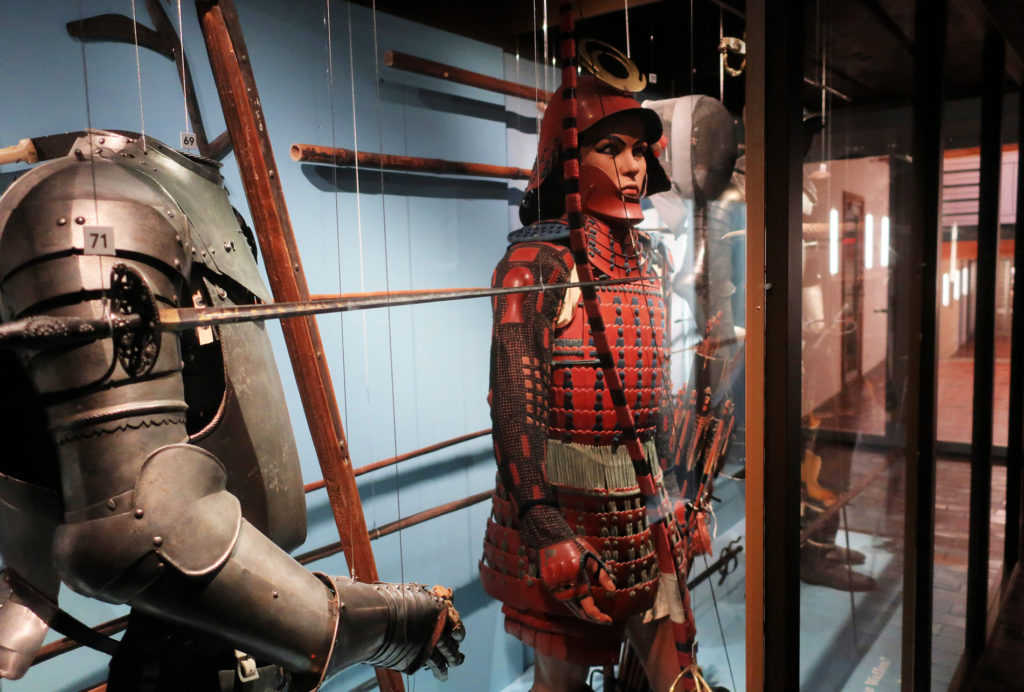
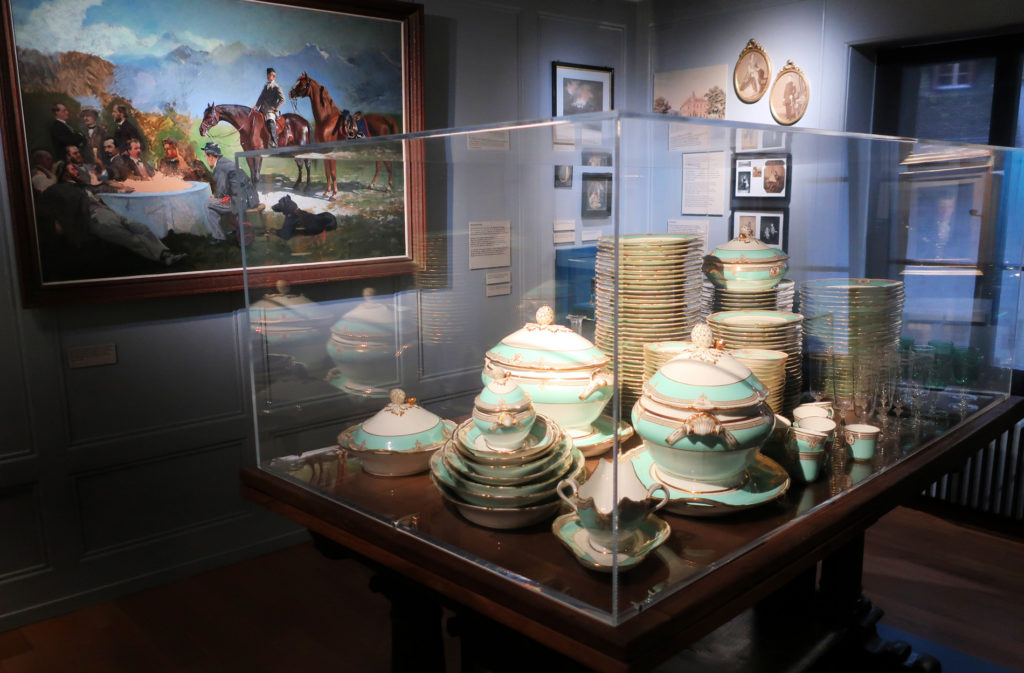
An urban jewel
“Bendicht Schneider, a native of Burgdorf, explains: “You’d be hard-pressed to find a medieval preponderance in Burgdorf. In the past, a fire fanned by the breeze destroyed the venerable wooden buildings and the old church, which has now been rebuilt with its ancient rood screen, fortunately spared by the flames. We’ve brought the town back to life by taking advantage of the nearby molasse quarries. The result is extremely pleasing in the lower part of the old town, as well as on the higher ground, accessible by an 81-step staircase. Along the way, you can admire the arcades and many guild houses. Some of these opulent residences bear witness to the prosperity of merchants involved in the cheese trade, which in those days was exported all the way to the court of the Tsars.
Holes in the dough
At its origins – in the 15th century – Emmental cheese was only made in Switzerland. It didn’t arrive in France until 400 years later. Although Brittany and Rhône-Alpes are the main producers in France, it can be made just about anywhere. “Of course, we’re the only ones with the AOP,” points out cheese-maker Ernst Beutler, who guides visitors to where the original is made. “The French often confuse it with Gruyère. They even talk about Emmental Gruyère. But Gruyère has no holes!”

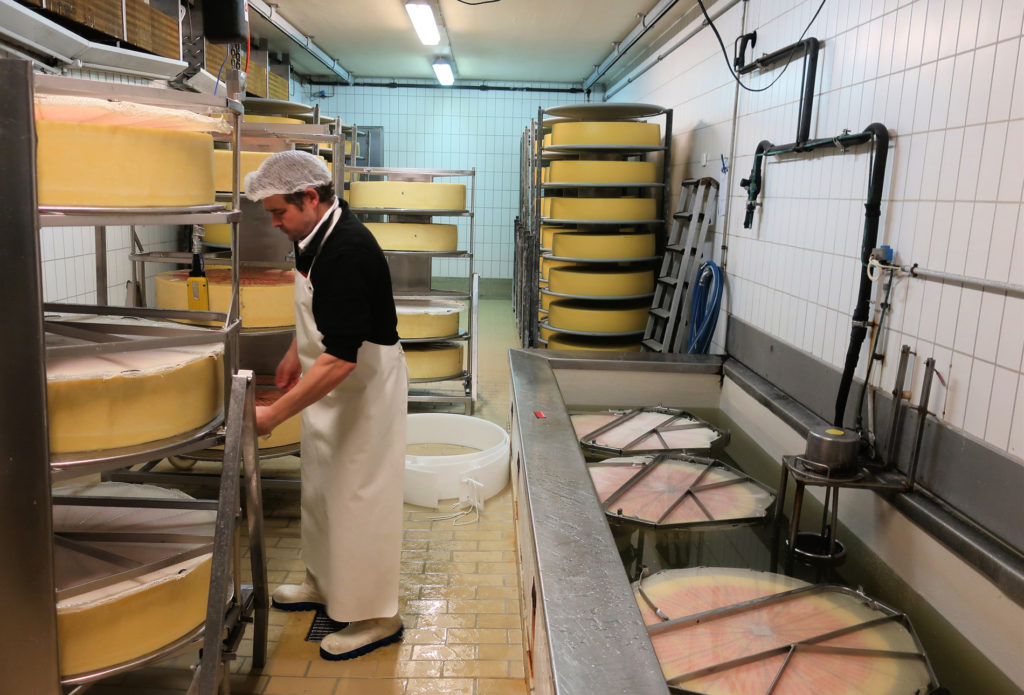
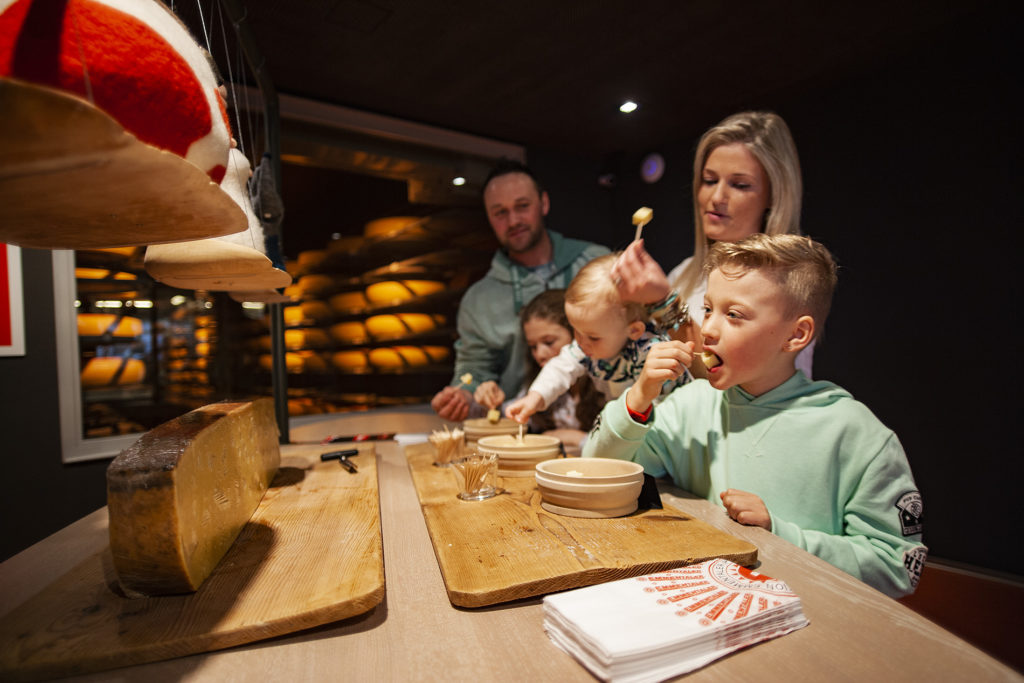
But what causes these famous holes? This nagging question has recently been answered in Affoltern, where a miniature demonstration village (Schaukäserei) brings together several buildings dedicated to the famous cheese. A venerable alpine chalet restored in the old-fashioned style, a modern laboratory and a Disney-style play trail reveal the secrets of the recipe (bacteria, temperatures, maturation, etc.). And you’ll discover that PDO cheese has to be earned. Genuine Emmental – particularly rich in calcium – must be supple in texture, with a golden-yellow rind and a sweet, fruity taste. As for its smell, it shouldn’t be pronounced, just a hint of hazelnut.
Sweet and sour
Apart from a few pretty traditional farmhouses, the village of Trubschachen – near Langnau – has little to attract visitors, apart from its famous Kambly factory, next to the railway station. Cookies are to the town what nougat is to Montélimar.
Unfortunately, for health and safety reasons, the public is not allowed in the production area. Nevertheless, a number of areas have been set aside for the enjoyment of families and sweet-tooths alike: an open confectionery where you can watch refined delights being made, a workshop where you can put your hand in the flour, and a lounge dedicated to the history of the Maison, founded by a local confectioner at the beginning of the 20th century.
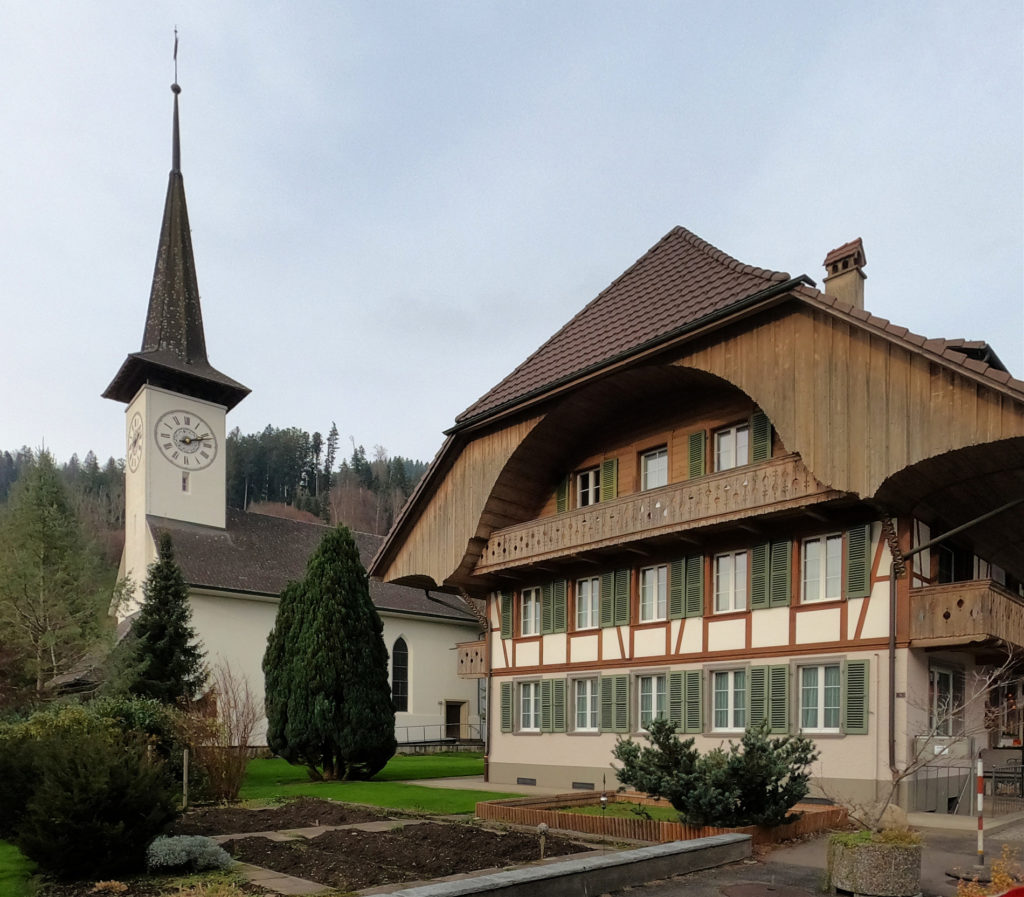
Traditionally, the first two Sundays of Advent host a Christmas market with 30 chalets strictly reserved for local artisans. People flock from far and wide to stock up on little gifts and take home baskets of sweet and savoury specialities from the Boutique Kambly, made mainly from local produce: spelt and butter, in particular.

